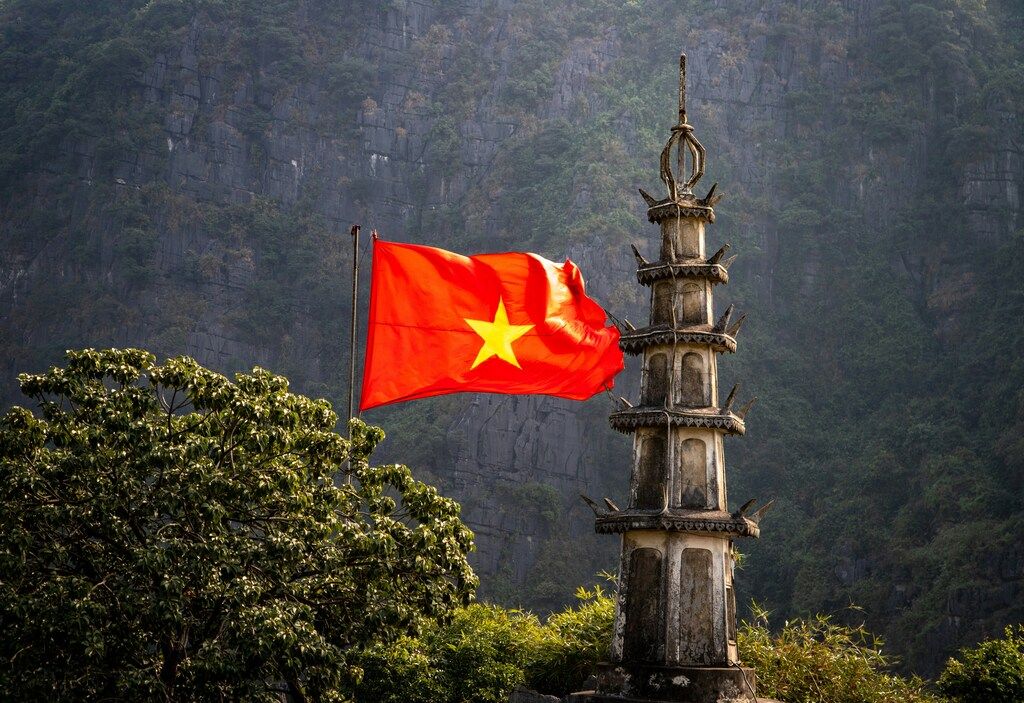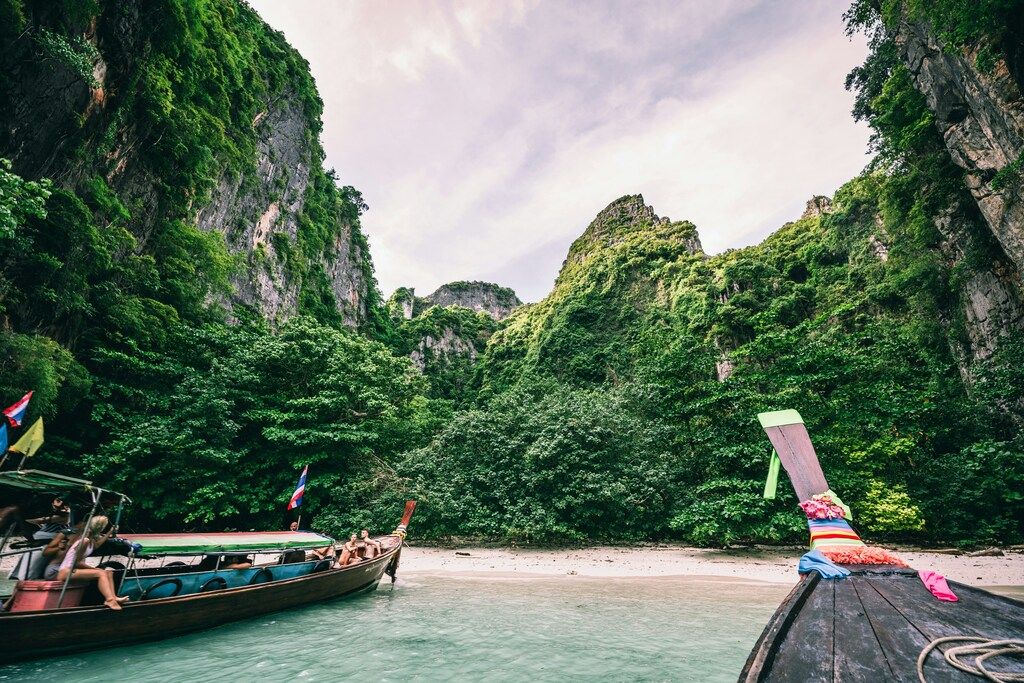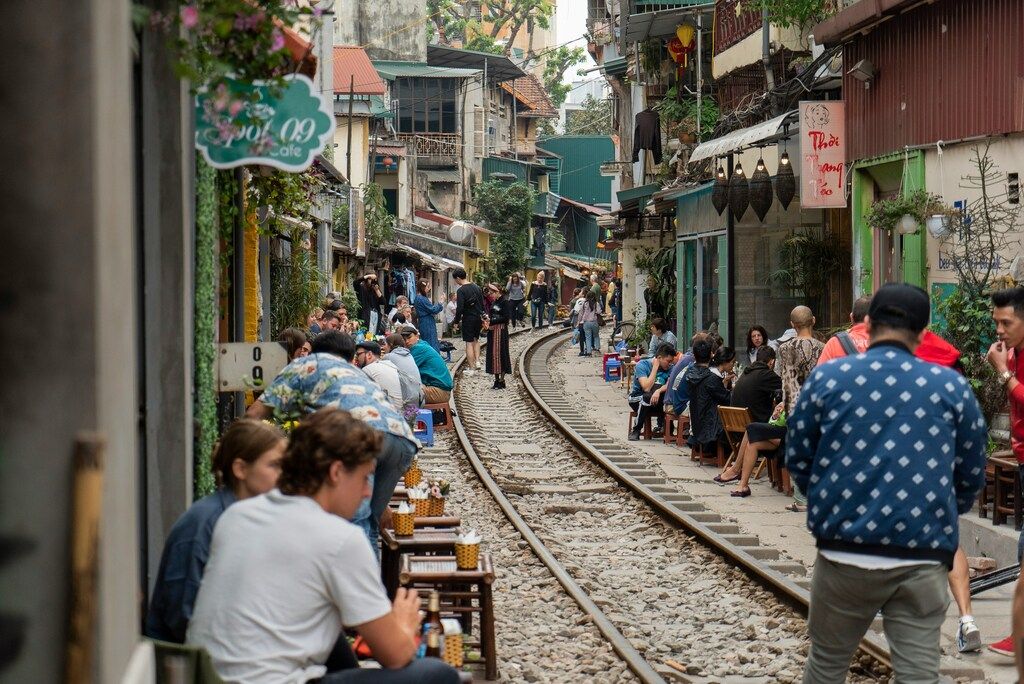

Vietnam is a country that rewards curiosity, revealing its culture in the quiet clatter of cafés and the slow dance of scooters. But no matter how seasoned a traveler you are, a few common missteps can throw a spanner in your Vietnamese adventure. That’s where this guide comes in.
This is not your standard checklist of “must-sees”—this is your insider playbook on the things not to do in Vietnam. Cultural missteps, logistical traps, and practical faux pas—it’s easy to make mistakes, but thankfully, just as easy to avoid them. From cultural confusion to logistical faceplants, we’ll guide you through the Vietnam travel mistakes to avoid—so you can dive in fully, but thoughtfully.
Not respecting local customs: a common cultural misstep
Vietnam is famously hospitable, but that warmth doesn’t mean you can bumble through temples in a tank top. Respect is everything. To ensure you’re being a considerate guest, avoid these common faux pas.
- Don’t touch anyone’s head. The head is considered sacred in Vietnamese culture, so avoid touching it, even with children.
- Don’t point with your feet. Feet are seen as the lowest part of the body. When sitting, ensure the soles of your feet aren’t aimed at anyone or at religious icons.
- Don’t dress inappropriately for temples. Always cover your shoulders and knees. Being loud or overly affectionate is also frowned upon in sacred spaces.
- Don’t engage in overt public displays of affection. Holding hands is generally fine, but save kissing and cuddling for private settings.
- Don’t forget to remove your shoes when entering a Vietnamese home. It’s a small gesture, but deeply appreciated.
These may sound like tiny details, but locals will absolutely notice when you make the effort—and they’ll likely reward you with bigger smiles, warmer interactions, and the kind of travel experience you can’t buy in a package tour.
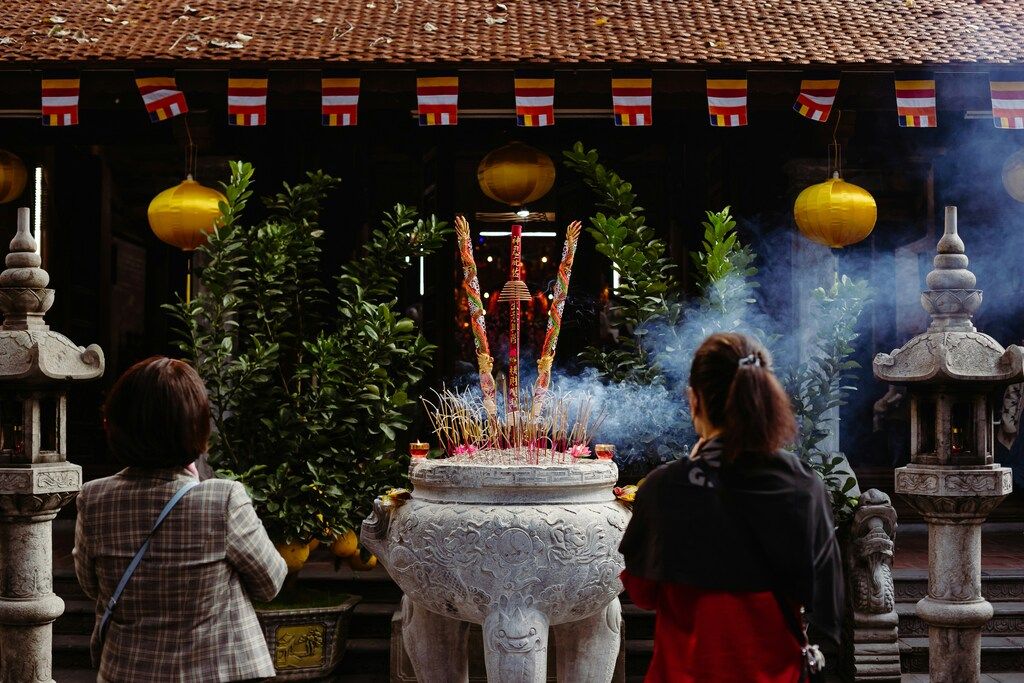
Ignoring safety tips: overlooking crucial precautions
Picture it: you, wind in your hair, zipping through Hanoi on a motorbike you rented for five dollars. Romantic? Maybe. Risky? Absolutely. Among the top Vietnam travel mistakes to avoid are those that put your personal safety on the line—knowingly or not.
- Don’t ride a motorbike without a helmet, license, or insurance. Vietnamese traffic is a different beast. If you’re inexperienced, opt for a Grab Bike ride instead—you get the thrill without the liability.
- Don’t flash expensive items. Keep jewelry, phones, and handbags out of easy reach, especially in crowded tourist areas like Ho Chi Minh City, to avoid pickpockets and bag snatchers.
- Don’t use unmetered taxis. Stick to reputable companies like Mai Linh or Vinasun, or better yet, use a ride-hailing app like Grab to ensure a fair price.
- Don’t drink tap water. Bottled water is your safest bet, and be cautious with ice in rural areas. Pack a small first aid kit and some rehydration salts—you’ll be glad you did after a hot day exploring.
Whether you’re navigating city streets or countryside curves, these safety tips will help you dodge discomfort, drama, or worse.
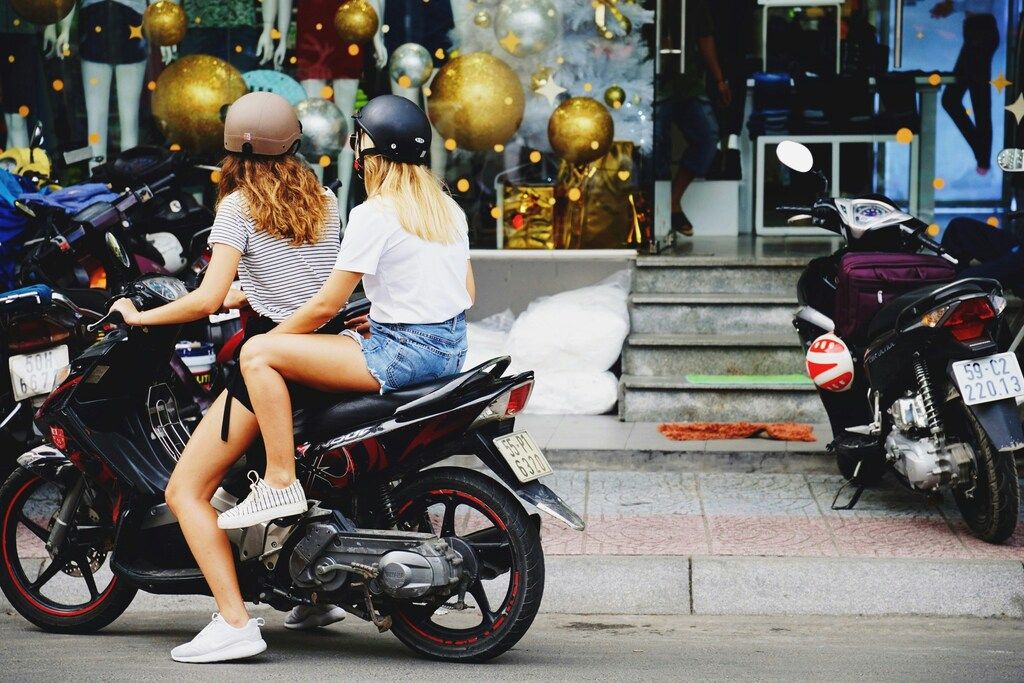
Not negotiating prices: overpaying for goods and services
Welcome to the Vietnamese market, where prices are flexible, bargaining is expected, and your poker face is everything. But here’s the catch: while it’s perfectly normal to negotiate, there’s a right and very wrong way to do it.
- Don’t be pushy or disrespectful. Laughing at a seller’s price will kill the friendly vibe. Start with an offer 20-30% lower than the asking price and go from there. If it’s not working out, politely say thank you and walk away.
- Don’t haggle where prices are fixed. In supermarkets, malls, and most restaurants, the price you see is the price you pay. Trying to negotiate there will only raise eyebrows.
- Don’t underestimate the value of money. $100 is a lot in Vietnam. While some vendors may overcharge tourists by default, polite negotiation helps level the playing field. Knowing what not to do will save you dong and earn you respect.
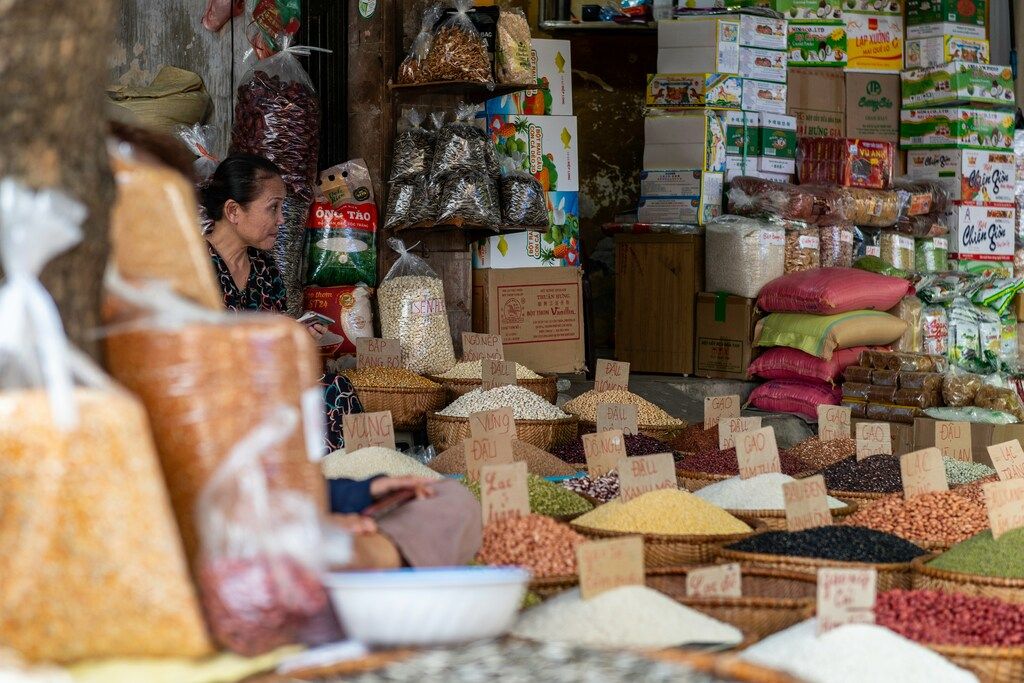
Underestimating transportation: common pitfalls on the move
Transportation in Vietnam can be both exhilarating and bewildering. One moment you’re gliding through rice fields by train, the next you’re trapped in a taxi with no meter and no idea where you’re going. Avoid these common transport traps:
- Don’t get into unregistered taxis. If there’s no company name or working meter, walk away. Use Grab for reliable pricing and clear routes.
- Don’t sprint across the road. The seemingly chaotic traffic has a rhythm. Walk slowly and steadily, and drivers will magically adjust their path around you. Panicking is what causes accidents.
- Don’t underestimate travel times. Vietnam is a long country. Factor in extra time for your journeys between cities, as weather and road conditions can cause delays.
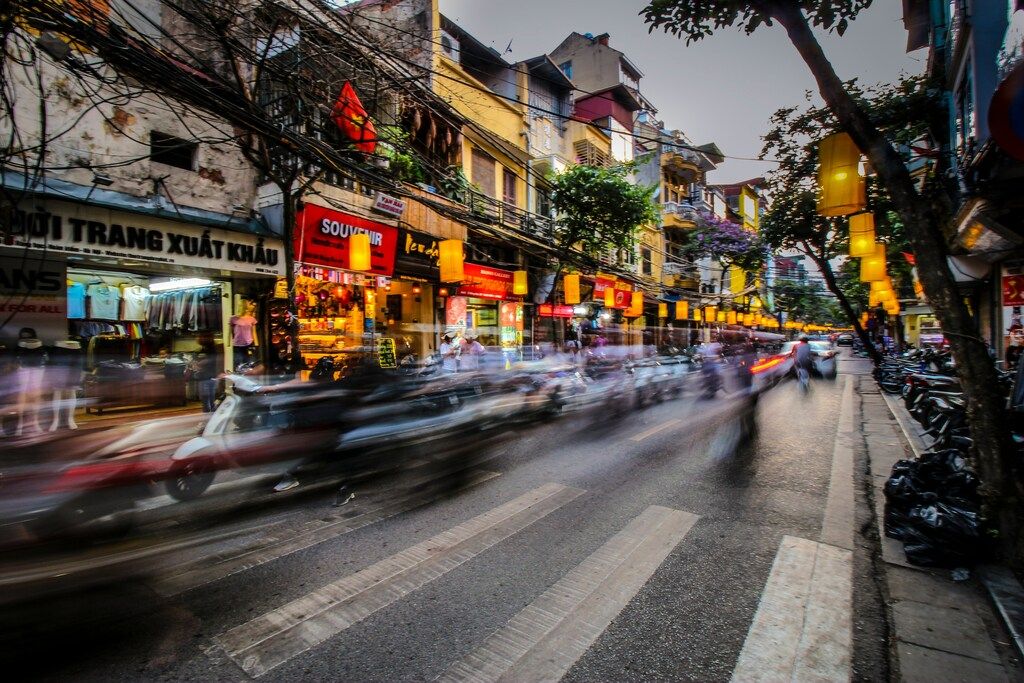
Overpacking your bags: burdening your vietnamese adventure
There’s a temptation, especially on long-haul trips, to bring everything “just in case.” But in Vietnam, less really is more. The climate is warm and humid, and you’ll likely be hopping on and off various forms of transport.
- Don’t pack bulky clothes: pack light, breathable fabrics, and prepare to layer when necessary. Leave heavy jackets, thick jeans, and multiple pairs of shoes at home.
- Don’t worry about laundry: it’s affordable, fast, and widely available in all tourist hubs. You can get your clothes washed, dried, and folded in 24 hours or less for the price of a coffee back home. This means you can pack for a few days and still stay fresh.
- Don’t bring a heavy suitcase: essentials like toiletries, chargers, even spare clothes are easy to find locally. And Vietnamese markets offer great options if you want to buy a few extra pieces while you’re here.
So, in the spirit of Vietnam travel mistakes to avoid, remember: pack light, wash often, and shop smart.
Sticking only to major cities: missing Vietnam’s true essence
Yes, Hanoi and Ho Chi Minh City are bustling, vibrant, full-of-life places where you could spend days—possibly weeks—just sipping coffee in alleyway cafes or crossing chaotic intersections like a local. But if you’re only dipping your travel toes in Vietnam’s urban waters, you’re barely skimming the surface. One of the biggest travel mistakes is parking yourself exclusively in the big cities.
Because while the cities hum with energy, the country’s soul often lies elsewhere: in the misty rice terraces of Sapa, the lantern-lit evenings of Hoi An, or the surreal karst landscapes of Ninh Binh. There, you’ll find local traditions untouched by the steady buzz of motorbikes and global franchises. Rural Vietnam doesn’t need neon lights to sparkle.
If you want a deeper understanding of the country—its history, its rhythms, its heart—you need to get out of the cities. Book a sleeper train. Hop on a local bus. Say yes to that tour that takes you through the Mekong Delta or to the caves of Phong Nha.
To fully appreciate the country’s diverse landscapes and experiences, make sure you explore what to see in Vietnam beyond its bustling metropolises.
Not embracing local Cuisine: a missed culinary journey
Yes, there’s a certain comfort in a pizza place with free Wi-Fi and laminated menus. But Vietnam’s food scene deserves your full attention—and your taste buds will thank you. Sticking only to tourist-friendly spots or international chains is a subtle but tragic mistake. Vietnam’s food scene deserves your full attention. Don’t fear the tiny plastic stools and handwritten menus—this is often where the magic happens. Be adventurous and try local specialties beyond Pho and Banh Mi. Don’t make the mistake of shying away from the incredible street food scene; instead, dive deep into the top Vietnamese food dishes that define the country’s culinary landscape.
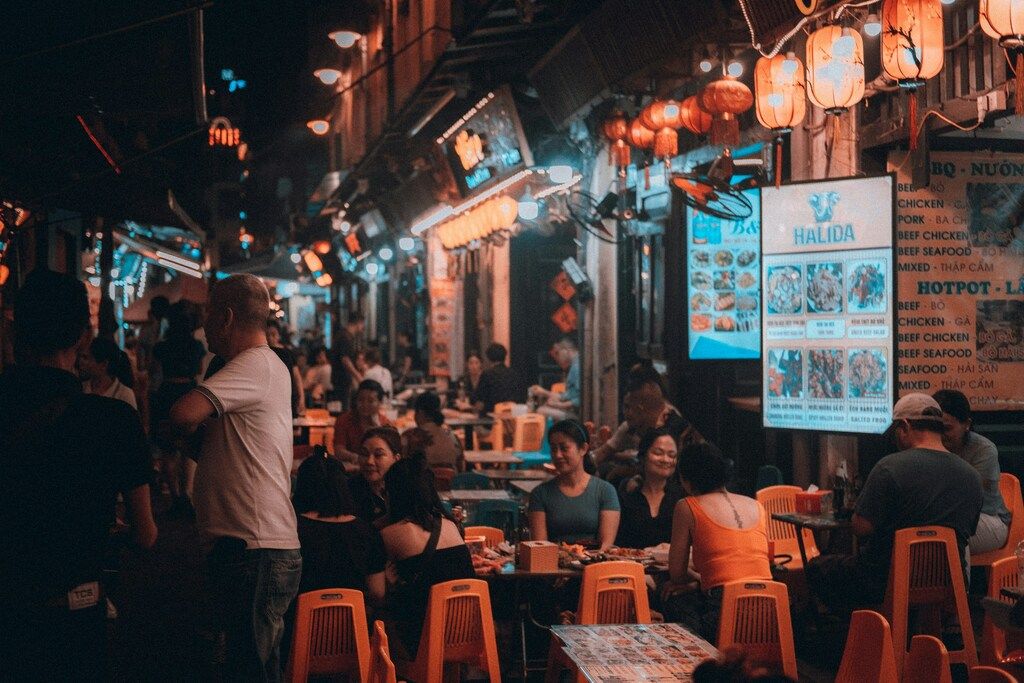
Forgetting to plan for the seasons: climate control missteps
Don’t make the mistake of assuming Vietnam’s climate is the same everywhere. The weather in the north (like Sapa) can be cold and misty while the south (like Ho Chi Minh City) is hot and humid. A huge mistake to avoid? Not checking the seasonal weather in the specific regions you’re visiting. Vietnam stretches over 1,000 miles north to south, so the weather in one area can be completely different from another. And yes, timing matters—a lot. Visiting the central coast during typhoon season or trekking in the northern mountains during a cold snap can quickly turn dreamy into dangerous.
So before you pack your bags—or your flimsy poncho—do your research. Know when and where it rains, what “hot” really means, and whether your chosen festival comes with sunshine or soggy shoes. For detailed guidance on when to best experience different parts of the country, refer to our guide on the best time to visit Vietnam.

Navigating Vietnam: your path to an epic journey
Let’s be clear: none of these tips are about sucking the joy out of travel; they’re about removing the preventable hiccups. By being prepared and respectful, you can soak up everything Vietnam offers, from misty mountain treks in Sapa to the vibrant night markets of Hoi An.
So don’t just scroll and dream—explore Vietnam with our group tour, or join our Vietnam, Cambodia & Thailand adventure if you’re craving even more. Want something extra special? Discover the exclusive Vietnam 360 Collection group adventure and go beyond the usual.


